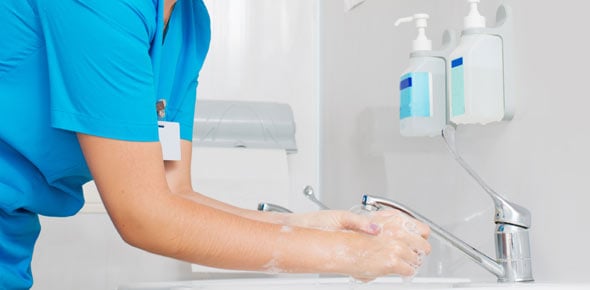Infection Control For Health care Professionals
- CDC
- OSHA
- WHO
2.
You may optionally provide this to label your report, leaderboard, or certificate.
×
Thank you for your feedback!
















